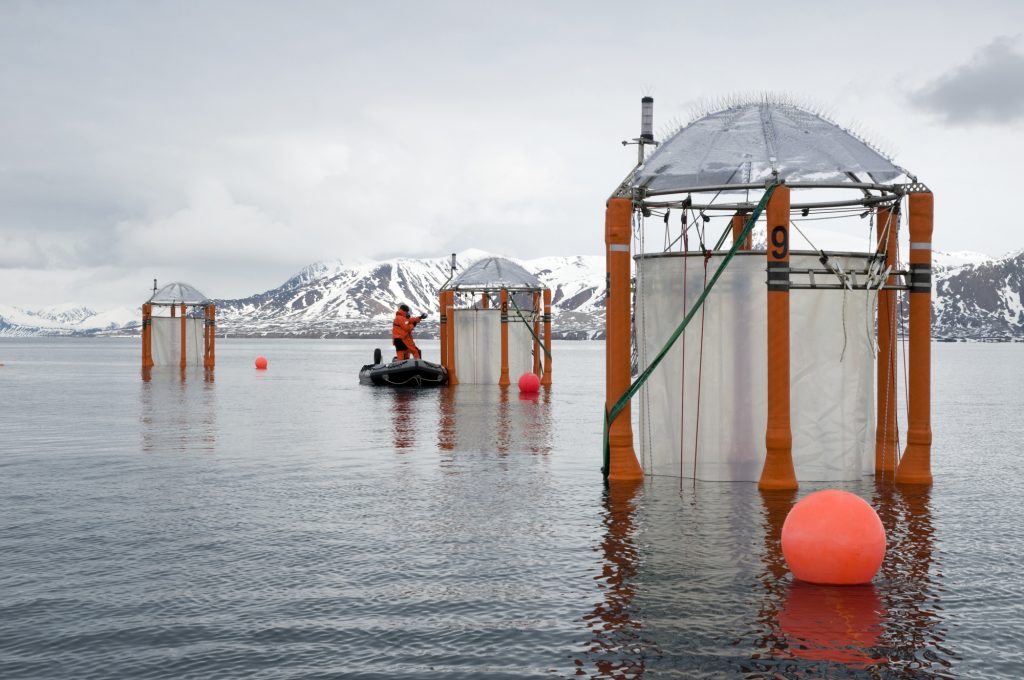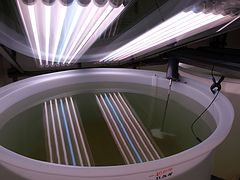BIOACID II – Consortium 1: Pelagic Ecosystems under Ocean Acidification: Ecological, Biogeochemical and Evolutionary Responses
Lead Proponent: Prof. Dr. Ulrich Sommer (GEOMAR, Kiel)
The ocean covers about two thirds of the earth’s surface. Marine plants and bacteria produce about half of the global biomass. Three “services” of the oceans are most important to mankind:
- The ocean absorbs carbon dioxide (CO2) from the atmosphere and stores this greenhouse gas in the deep
- The ocean provides fish and other marine animals for food.
- The ocean represents an irreplaceable recreational value
Scientists have found out that plankton responds sensitively to ocean acidification. While some species are suffering from acidification, others seem to benefit if more carbon dioxide is dissolved in the sea water. These effects continue from the base of the food chain to its very end – for example if economically important fish species or fish stocks already threatened by overfishing find less food.
It is still unclear, how material and energy flows vary as a result of ocean acidification and how these variations may affect each other. In addition, the impact of other environmental changes, in particular rising temperatures, but also over-fertilization (eutrophication) and pollution as well as the reciprocal influences of these factors have been explored only partially yet. It is also uncertain if organisms are able to adapt to environmental changes through evolution. Laboratory experiments with various species suggest this, but studies under natural conditions are due.
Consortium 1 “Pelagic ecosystems ocean acidification” therefore aims to examine the effects of various environmental changes, in particular acidification and warming, to the whole ecosystem in the open water. In consequence, it is easier to better assess if and to what extent the ocean of the future can provide his “services”.
In several mesocosm experiments in the laboratory and in the field, BIOACID scientists simulate possible changes: The Kiel mesocosms – floating structures, each including up to 80 cubic metres of water – are employed in 2013 for studies in the Swedish Gullmar Fjord and 2014 in the North Atlantic Ocean in Gran Canaria. At GEOMAR Helmholtz Centre for Ocean Research Kiel, four laboratories with indoor mesocosms are used to learn how communities in the Baltic develop in autumn and summer under elevated temperature and CO2 conditions.
More about the science of Consortium 1.

